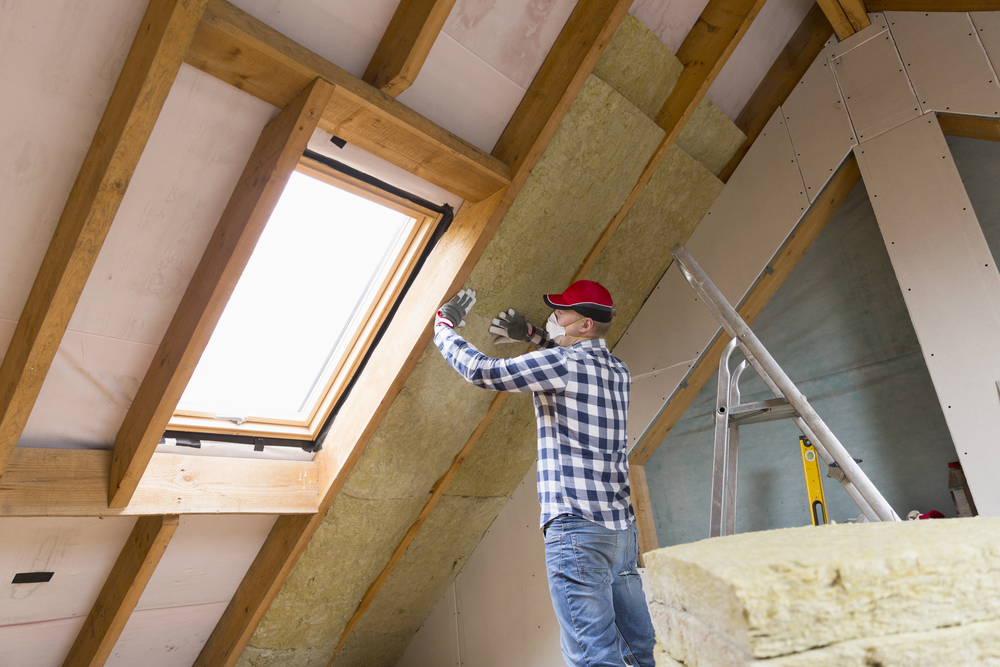Call Us
1-866-968-0479Key Takeaways:
Seeing a recent spike in your energy bills? Do you find your attic to be uncomfortably cold during the winter? If you answered “Yes” to both questions, there could be an issue with your attic insulation.
Insulating your attic is crucial in maintaining a comfortable and energy-efficient home. When faced with these conditions, you must seek out insulation replacement. But the real challenge you may face is choosing the suitable material. With so many options present on the market, it can be challenging to know which type is the best fit for your home.
That’s why Absolute Roofing and Construction, Inc has put together a brief guide on the top 4 types of attic insulation to help you make an informed decision. From traditional options like fiberglass to newer alternatives like spray foam, we cover the pros and cons of each option. So, you can choose the one that will provide the best performance for your home and budget.
So, if you’re a homeowner looking to upgrade your insulation, you’ve come to the right place. Let’s dive in and look at how we can help you make your roof more energy-efficient!
Before we get into the different types of insulation materials, it’s essential to understand what R-value is and why it’s crucial when considering a new insulation material. R-value measures thermal resistance – or how well a material resists heat transfer. It can help you determine whether an insulation product suits your home and climate.
R-values are expressed in square feet per hour while exposed to 1 degree Fahrenheit (F) temperature differential across the material’s thickness. It may sound a little gibberish, but you don’t need to be an expert in the science of insulation to understand why it’s essential. The higher the R-value, the better insulated your home will be and the greater energy efficiency you’ll enjoy!
For insulating your attic, insulation specialists have found the following materials to be the best:
It is the most common insulation material and one of the least expensive. It’s made of finely ground sand, recycled glass, and other natural materials that are melted down and spun into fibers.
Pros
Cons
This type of insulation consists of tiny pieces of recycled paper or cellulose fiber blown into your attic space using special equipment.
Pros
Cons
This insulation is sprayed directly onto the attic walls, sealing cracks and crevices to ensure maximum energy efficiency. It is one of the most expensive options but offers one of the highest R-values.
Pros
Cons
Rockwool is an insulation material made from spun rock fibers. It has a high R-value and is fireproof, making it another excellent option for many households.
Pros
Cons
Related: Attic Ventilation Fans: Do You Need Them?
Cost, R-value, ease of installation, durability, and other factors should be considered when choosing the best attic insulation for your home. Different materials may be necessary to achieve the desired R-value in some instances. While DIY projects can save time and money, it is crucial to seek expert advice to ensure a safe, insulated installation and maximum efficiency.

At Absolute Roofing and Construction, Inc., we deliver exceptional insulation services to customers in Mentor, OH. Our expertise covers attic and crawl space insulation using fiberglass, cellulose, or spray foam materials. With a dedicated team of insulation specialists, you’ll have peace of mind knowing that we will select the most suitable type of insulation as per your requirements while staying within budget. Our professional installers will install it with zero gaps or cracks to guarantee maximum energy efficiency!
Contact us today and get a free estimate for your insulation project.